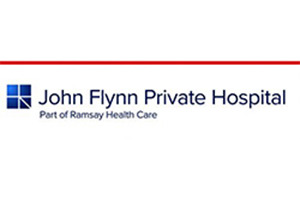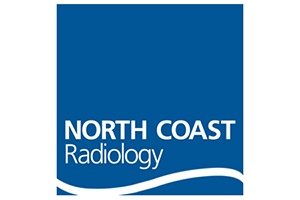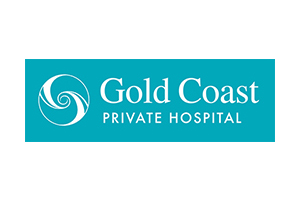Pacemakers combined with Implantable Cardiac defibrillators (ICDs) are being inserted at an increasing rate for patients at high risk of sudden death from a cardiac arrhythmia such as in heart failure. Patients with advanced progressive illness may at some stage reach a point where continued defibrillation is no longer consistent with the goals of their care. In addition, many patients with pacemakers are unaware that they have a defibrillator as well as a pacemaker in place.
When approaching the end of life there is a risk of the patient developing rhythms that may trigger defibrillation. Delivery of shocks near the end of life may be ineffective, painful to the patient and distressing to the carers and relatives. Deactivation will not be painful and dying will not be more painful if the device is turned off.
Deactivation of ICDs can be a difficult time for patients and their relatives and issues should be addressed as early as appropriate in the patient’s management to avoid unnecessary distress. In progressive illness the use of Advanced Care Directives can assist the patient to accurately communicate their wishes and their family to be confident in the knowledge that they are acting accordingly.
Deactivation of the defibrillator does not affect the
pacemaker function, so the heart will continue to
beat with the pacemaker component fully functioning
Previously deactivation of these devices only took place in hospital settings under a cardiologists care, however this is often inappropriate when a dying patient wishes to remain at home. Permanent ICD deactivation can be arranged by contacting the device company who will send out a technician to the patients home if they have written authorisation and are accompanied by a Palliative Care Nurse.
Where necessary the application of a strong clinical ring magnet to the device will temporarily deactivate the defibrillator, however the magnet must be applied according to the specific company instructions, and permanent deactivation should be arranged as soon as possible. The NNSW community nurses have access to consent forms and special magnets, and can apply them at the patients home when necessary and when indicated by the patient’s doctor.
For further information on this issue contact Kerry Wilcox (Cardiac and Chronic Disease program manager for NNSWLHD) on 66207521 or
NSW Guidelines for the Deactivation of Implantable Cardioverter Defibrillators at the End of Life www.aci.health.nsw.gov.au SHPN: (ACI) 130029 ISBN: 978 1 74187 866 0. Published: 14 February 2013 HS12-097.
















